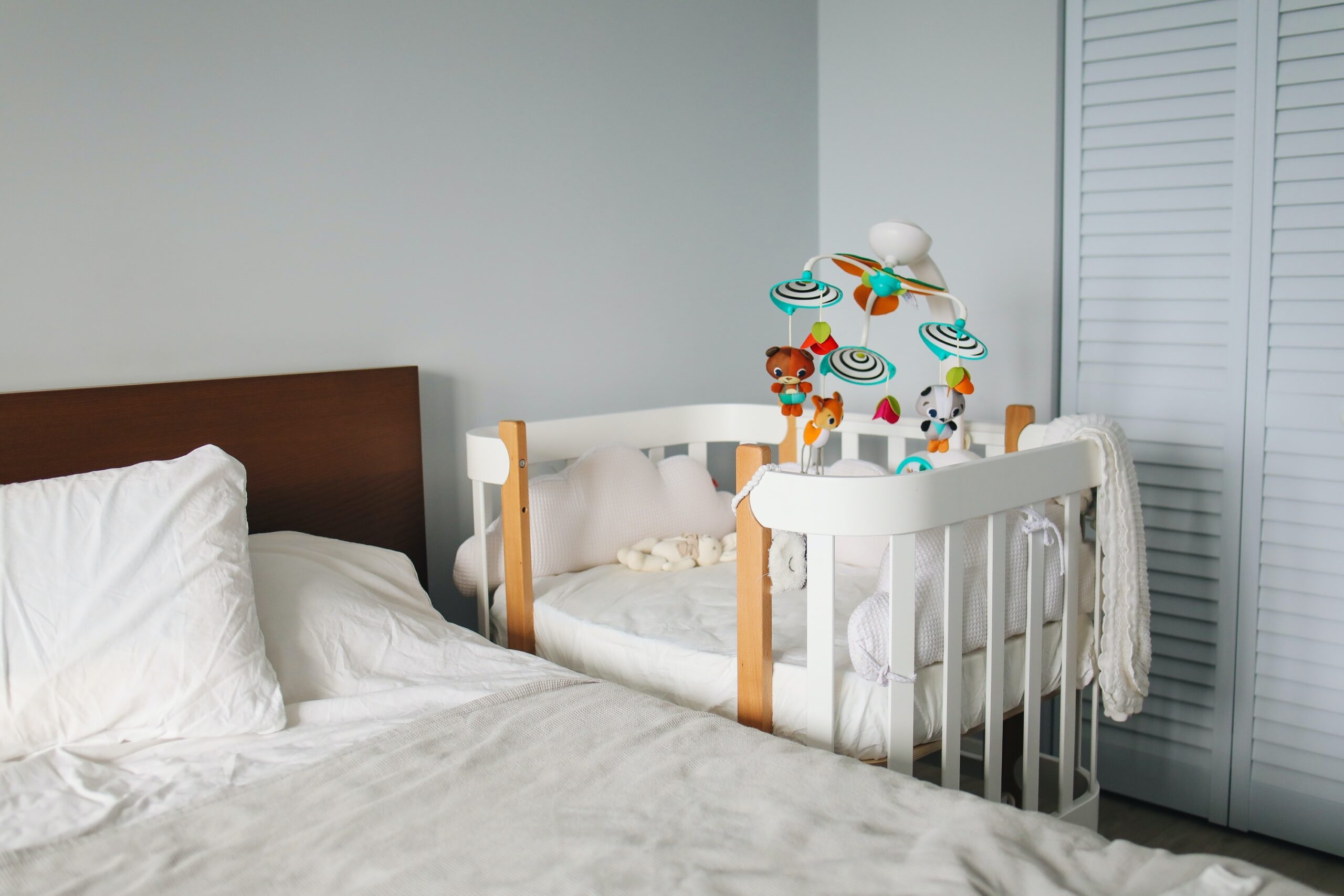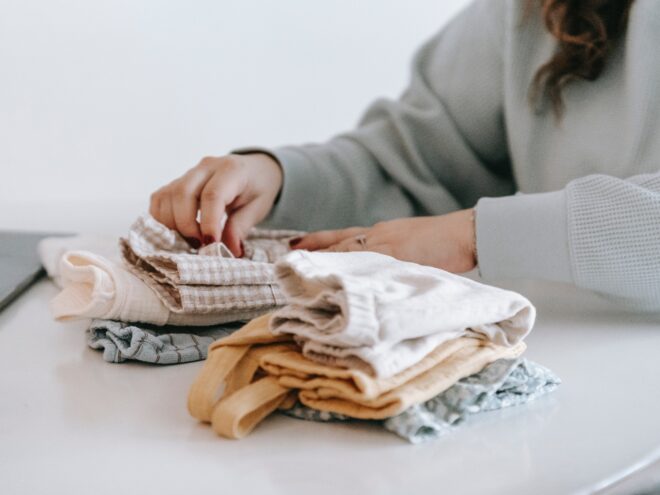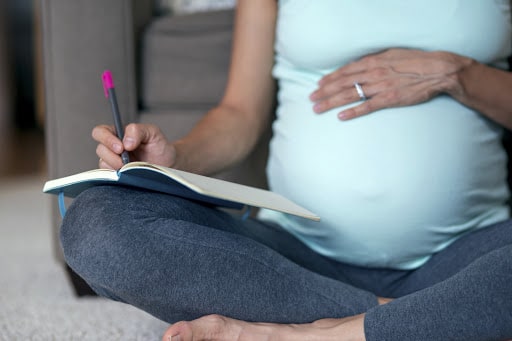When most people talk about preparing for baby, they talk about the need to wash baby clothes, set up the crib, prepare freezer meals, deep clean your house, stock up on groceries, etc. While all these things are essential, here is a short list of preparations that goes beyond the advice we usually receive. These are often overlooked, but equally important:
Reorganize Your Kitchen Cupboards
Many new moms wisely stock up on freezer meals and groceries before the baby arrives. While this is great advice, it is also important to reorganize the cupboards and prepare for the additional influx of dishes and supplies.
Take some time before your baby arrives to reorganize your cupboards, making room for bottles, cleaning supplies, baby food blenders, plastic dishes, little utensils, and all the other things you’ll need to keep your baby fed. While the milestone of eating solid food may seem like a long way off, it will come quicker than you think.
If you’re planning to upgrade or renovate your kitchen (to get additional storage and a better layout), do it sooner rather than later. Remodeling or moving with a baby is an incredibly stressful experience.
Prepare Your Bedroom
 Another common mistake first-time parents make when preparing for baby is focusing solely on the nursery. Yes, the nursery is important, and it’s fun to decorate the room for your new human, but your baby is unlikely to spend much time in there for the first year. This is because the American Academy of Pediatrics (AAP) recommends keeping your baby in your bedroom for at least six months to decrease the risk of SIDS. If you are breastfeeding, you may find this approach more convenient for late-night feedings.
Another common mistake first-time parents make when preparing for baby is focusing solely on the nursery. Yes, the nursery is important, and it’s fun to decorate the room for your new human, but your baby is unlikely to spend much time in there for the first year. This is because the American Academy of Pediatrics (AAP) recommends keeping your baby in your bedroom for at least six months to decrease the risk of SIDS. If you are breastfeeding, you may find this approach more convenient for late-night feedings.
Reorganize and deep clean your room to ensure you have enough space for a bassinet or portable sleeper. It’s also smart to re-evaluate your layout to simplify navigation in the dark—you do not want to be walking into things with a baby in your arms.
Create a Backup Supply Stash
Many first-time parents set up a changing table with everything they need to keep their baby clean and dry. This is excellent—it is important to have a satellite base of operations. However, if you have a large home or multiple floors, you will want to consider setting up a backup supply stash in the rooms you use the most, like your bedroom and the living room. This backup supply should include everything you need for a diaper change and a few clean outfits.
If you are pregnant now and this is your first baby, this idea may sound unnecessary and perhaps even superfluous. Here’s why I urge you to reconsider:
- After only a few days of interrupted sleep, you may feel too exhausted to move your body more than you absolutely have to. Make it easy for yourself and have supplies where you will be most often. This will allow you to change diapers quickly and minimize stress.
- Accidents happen while carrying babies up and down stairs, especially when you are tired. According to WebMD, 25% of children (under age 1) are injured while being carried up and down stairs.
Add Alternative Lighting
Mood lighting is not just for romantic date nights; it’s a lifesaver after having a baby.
Bright light disrupts sleep patterns and exacerbates the effect of sleep deprivation on new parents. Adding nightlights and dimmer switches can help you stay sleepy and avoid waking the house during late-night feedings.
Add a few motion-sensor or automatic nightlights in the hallways, bathroom, and kitchen. These will help you safely navigate through your home at night while still letting you fall right back asleep when your baby does.
Anchor Your Furniture
Concerns about baby proofing may seem far off. After all, your baby won’t be mobile for 6-8 months. True, but time goes quickly, and it’s better to do this time-consuming chore while you have time (pre-birth), as opposed to waiting until you don’t have time (post-birth). But more importantly, furniture tip-overs are responsible for thousands of injuries, and even fatalities. Anchoring your furniture is a simple, affordable task that prevents tragic accidents. And don’t make the mistake of anchoring only the furniture in the nursery. Children are curious and they like to explore. Anchor anything with a surface that potentially interesting things rest on, as your curious baby will start pulling themselves up sooner than you think.
Some furniture to anchor includes:
- Televisions
- Dressers
- Bookshelves
- Tv stands
- Cabinets












